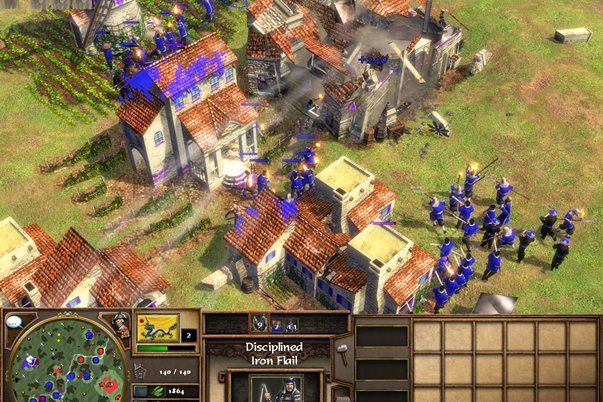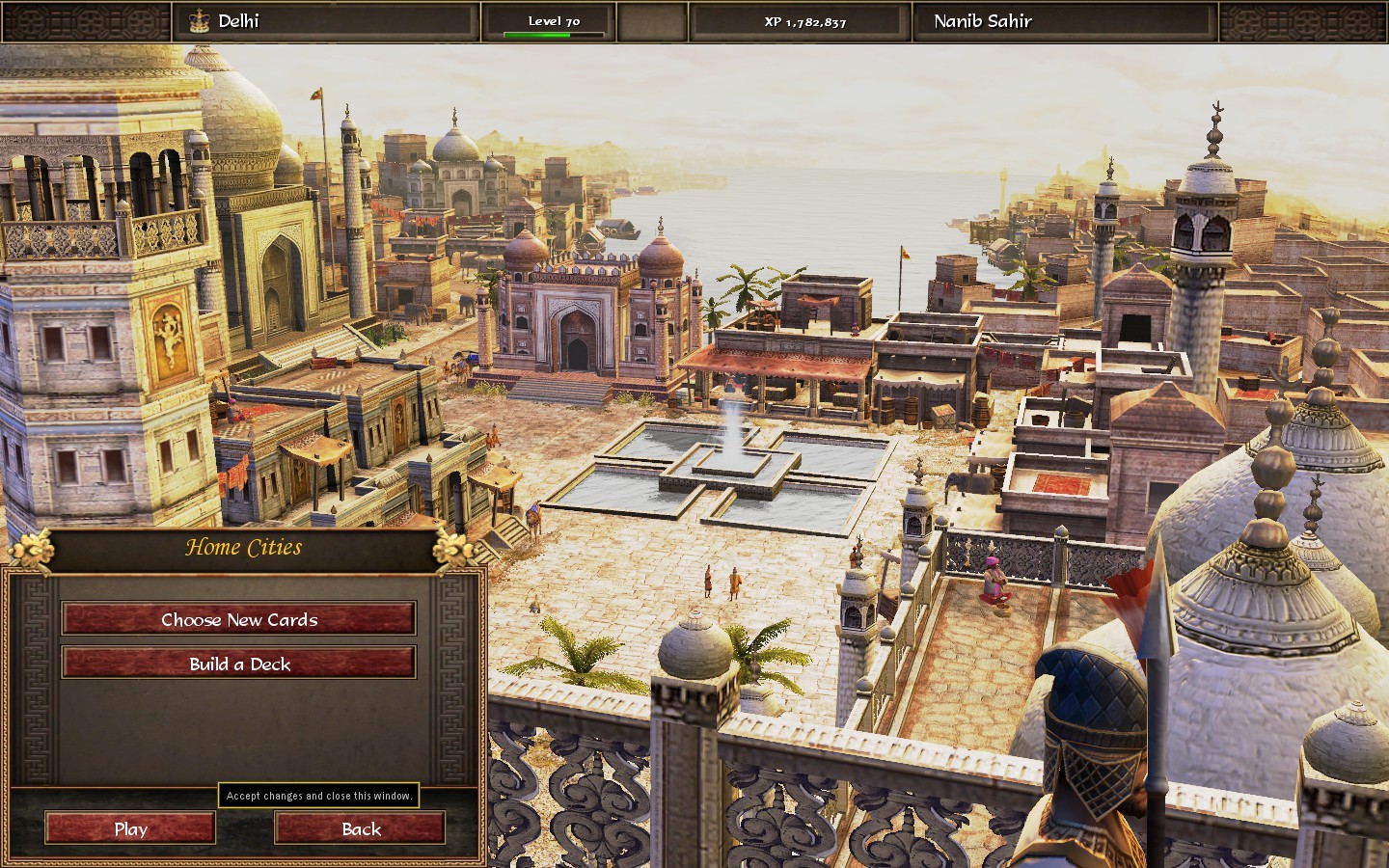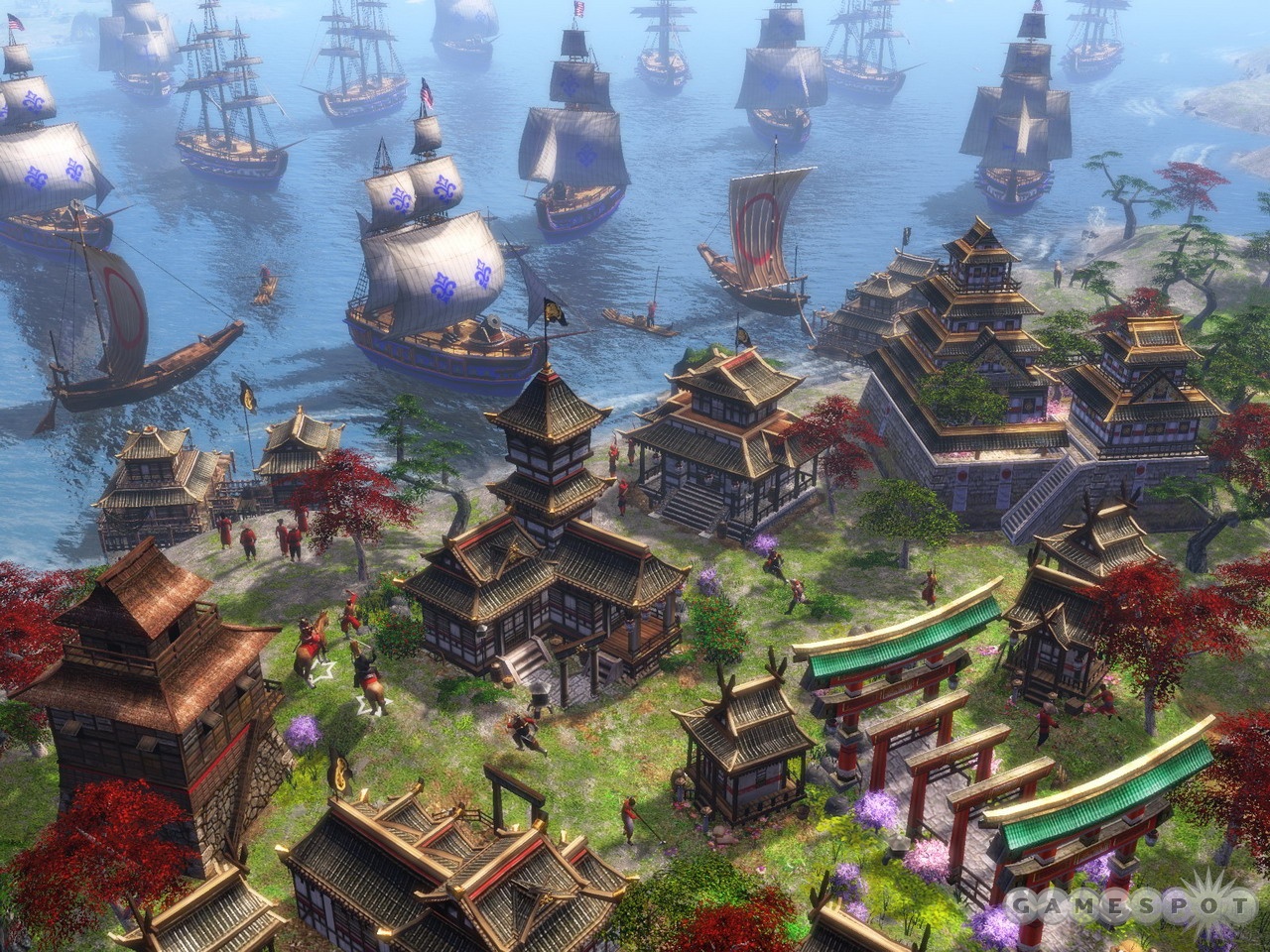
Chinese monks and disciples have the ability to occasionally land critical hits, doing extra damage. China - The Chinese get only one explorer (a Shaolin monk) along with a weak disciple at the start of the game.Their Home City is Delhi and their leader is Akbar the Great. Both of India's Brahmin monks ride atop elephants and can heal other units from the start of the game. Sepoys (Musketeers), Gurkha (Skirmishers) and Rajputs (much like Rodeleros) are the primary infantry units, and India has several types of camel cavalry and war elephants. Villagers are also not allowed to harvest livestock for food, but instead can build a structure called a Sacred Field which generates experience points whenever livestock are tasked to it. All villagers that are not shipped from the Home City cost wood instead of food (although this can be reversed with a Home City card). India - This civilization has no villager cards at the Home City, but they receive one villager with almost every shipment.They are the Sufis, the Shaolin, the Zen, the Udasi, the Bhakti, and the Jesuits. There are six new native civilizations available for hire in The Asian Dynasties. These monks have the ability of 'Stun' instead of 'Sharpshooter Attack' (as for European powers) or 'Nature Friendship' (as in the War Chiefs). Each Asian civilization has monks, instead of explorers as in previous games.

Three new civilizations are added in The Asian Dynasties. Export Rate / Experience points are also generated by other means (like sacred cows for Indians) and are specific to each civilization.

Export is generated automatically when the villagers are gathering, but its gather rate is much slower than other resources, making it challenging to afford a large foreign army. Rather than introduce new methods of gameplay, most changes were focused on introducing new content to the game.Įxport is a special resource, only available to the three Asian civilizations, and is used to hire foreign troops and research technologies from the consulate, where the player can choose a foreign ally or, for the Japanese, isolationism. The gameplay of The Asian Dynasties followed a similar format to the original game, Age of Empires III.

It is a sequel to the 2007 mobile game Age of Empires III. It earned a 79% score on GameRankings and an 81% on Metacritic.Ī mobile game of the same name was released in 2010 for J2ME. The game was generally received well by critics, mostly praising graphics, and sometimes criticizing predictable aspects of the game.
#Age of empires iii asian dynasties mac
The Mac version was released on August 5, 2008.
#Age of empires iii asian dynasties Pc
It also introduced minor people, campaigns, maps, and game modes.Īge of Empires III: The Asian Dynasties for PC was released in North America on October 23, 2007.

The game introduces three new civilizations China, Japan, and India. The game is the second expansion pack following The WarChiefs. The Mac version was ported over, developed and published by Destineer's MacSoft. Age of Empires III: The Asian Dynasties is the second expansion pack for the real-time strategy video game Age of Empires III developed through a collaboration between Ensemble Studios and Big Huge Games, and published by Microsoft Game Studios.


 0 kommentar(er)
0 kommentar(er)
